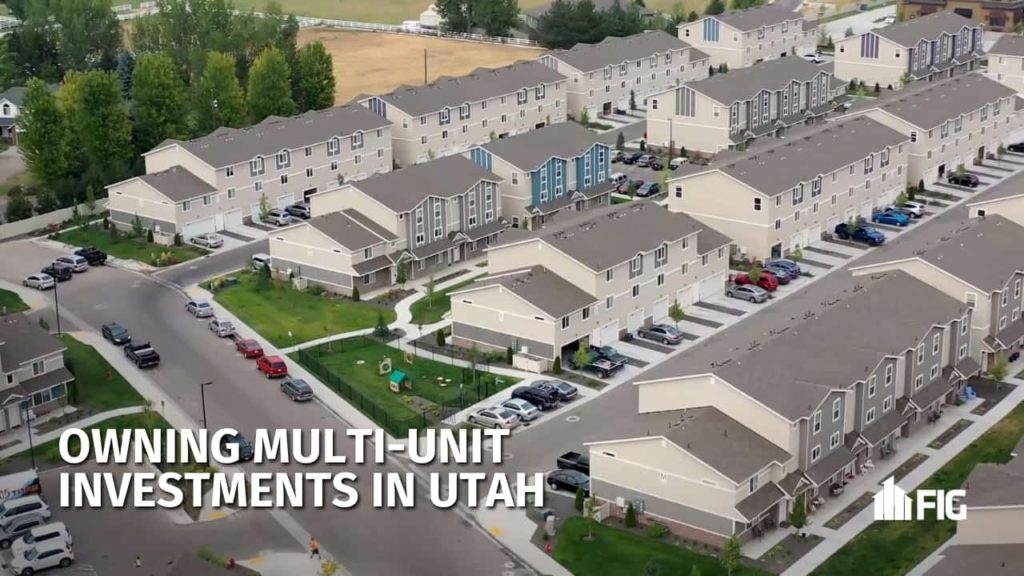
REAL ESTATE CYCLE
What are the real questions we should be asking as an investor getting into real estate or currently in real estate? Let’s start with the following questions to ask ourselves. Can the market sustain prices for investors? Are the rental rates in the area increasing too quickly? Are the supply and demand in check?
What are the differences in the multi-family market now than in years past? The real estate market has been on the up and up over the past few years. We all are holding on to the memory of the 2006 era, are we not? These questions that we ask ourselves are with respect to the condition of the current rental market. Where is this current cycle going to take us?
INVESTMENTS AND DEBT
The trend that we are seeing and that is becoming more and more prevalent is the demand for investment products in the multi-unit market. The issue that is coming to rise is the lack of rental products on the market. We are seeing a few factors that are coming into the mix that are contributing to the high demand in the multi-unit market availability and value of debt.
According to Cushman & Wakefield “As of mid-year 2014, the overall vacancy rate across the Salt Lake Valley was just 3.0%. This is the lowest vacancy recorded over the past decade and represents a steady decline of 2.7 percentage points over the past 5 years. Over this same period of time, the average rental rate has increased by a healthy 3.5% per year.“
What we are seeing is the availability of debt and low-interest rates for assets is a big factor pushing demand for more multi-unit rentals. The debt from agencies like Fannie Mae and Freddie Mac still offer rates that are at all-time lows. In turn, having such low-interest rates are allowing investors to gain the required leveraged yields in turn investors are being able to purchase at cap rates lower than most other types of commercial properties.
Investors are taking advantage of this, with the ever-growing population and a huge improvement in the job market here in Utah, Investors are taking this advantage and buying into the multi-unit market. So as for the question where is the current cycle taking us? Well, this is pointing to a strong indication that we are in a stable thriving part of the cycle.
AFFORDABILITY
Let’s get into the affordability in the multi-unit market. One of the biggest changes in the market is the renter profile. We have seen historically if you can qualify and afford to purchase your own single-family home, then ownership was the path most taken. Renting was generally made up of all the rest of the population. The millennial generation has taken a whole new approach to rental apartment living.
The targeting market has moved in the direction of wealthier individuals looking into being a part of a more urban community-based residence and not being tied down to any one place for a long period of time. This wealthier demographic offers a huge target market, mew multi-unit buildings offer granite countertops, open spacious floor plans, and a gourmet modern kitchen design.
This is the moving trend toward higher-end finishes and more urban community developments that have pushed the rates for these types of properties to significantly higher levels than the rest of the market.
Even though rental rates have been on the rise over the past 5 years, this increase has been constrained to 3.5% per year. This increase is not uniform across all multi-unit types. We can see that Salt Lake County still has the lowest rental rates in the Western United States. With that being said multi-unit developments are going into heavily studied areas that show great growth potential in their perspective areas.
Cushman & Wakefield created a graph below to show rental rates are not the only part of the equation. Even though wages do vary from market to market. Cushman & Wakefield explored affordability from two different perspectives and here are their findings.
“Option 1 is to take the average Household Income in a market and divide by the average rental rate. The higher the number, the more affordable the market (see graph 2).
Option 2 is to subtract the average rental rate from the average Household Income (see graph 3), in a sense creating a discretionary income category after rent has been paid.
These two graphs show that Salt Lake is the most affordable market when following option 1 and is still the fourth most affordable when applying option 2.”

FEAR OF OVER-SUPPLY
The major concern that investors have is the unprecedented level of new multi-unit development currently underway. According to Cushman & Wakefield, there are over 4,800 Multi-units under construction in just Salt Lake County. This is a concerning factor for some that are looking at multi-unit investments. But Cushman & Wakefield said that “when using historical absorption over an 18 month period, these units under construction would push the overall vacancy rate to around 4.8% which is right in line with the 10-year average of 4.7%.

EXPECTATIONS
We all know that the real estate cycle is ever-changing and can’t be 100% predictable. But despite all the concerns that some multi-units can be “expensive” and that oversupply is a concern for some investors, you can’t deny that there are an overwhelming amount of other fundamentals that are at play and that assure us of the stability of the market. We know that the demand is high, we know that the vacancy rates are low, we know that the debt is inexpensive and the overall economy is growing. These are very strong key indicators that we are in a very solid part of the cycle.
A huge impact has been on the millennial generation. This generation will continue to have a huge impact as their life continues to such decisions as marriage, children, and buying a home are pushed out and a stronger desire to live informed urban community locations will subdue homeownership. This is an expected trend that will have a lasting impact on the future. This whole new class will push absorption to levels above and beyond the 10-year average. This will allow for many more planned multi-unit developments to be built.
Work Cited: All information and graphs were pulled from REGIONAL REPORT APRIL 2015 APARTMENT AFFORDABILITY WHITE PAPER A Cushman & Wakefield Alliance Research Publication
